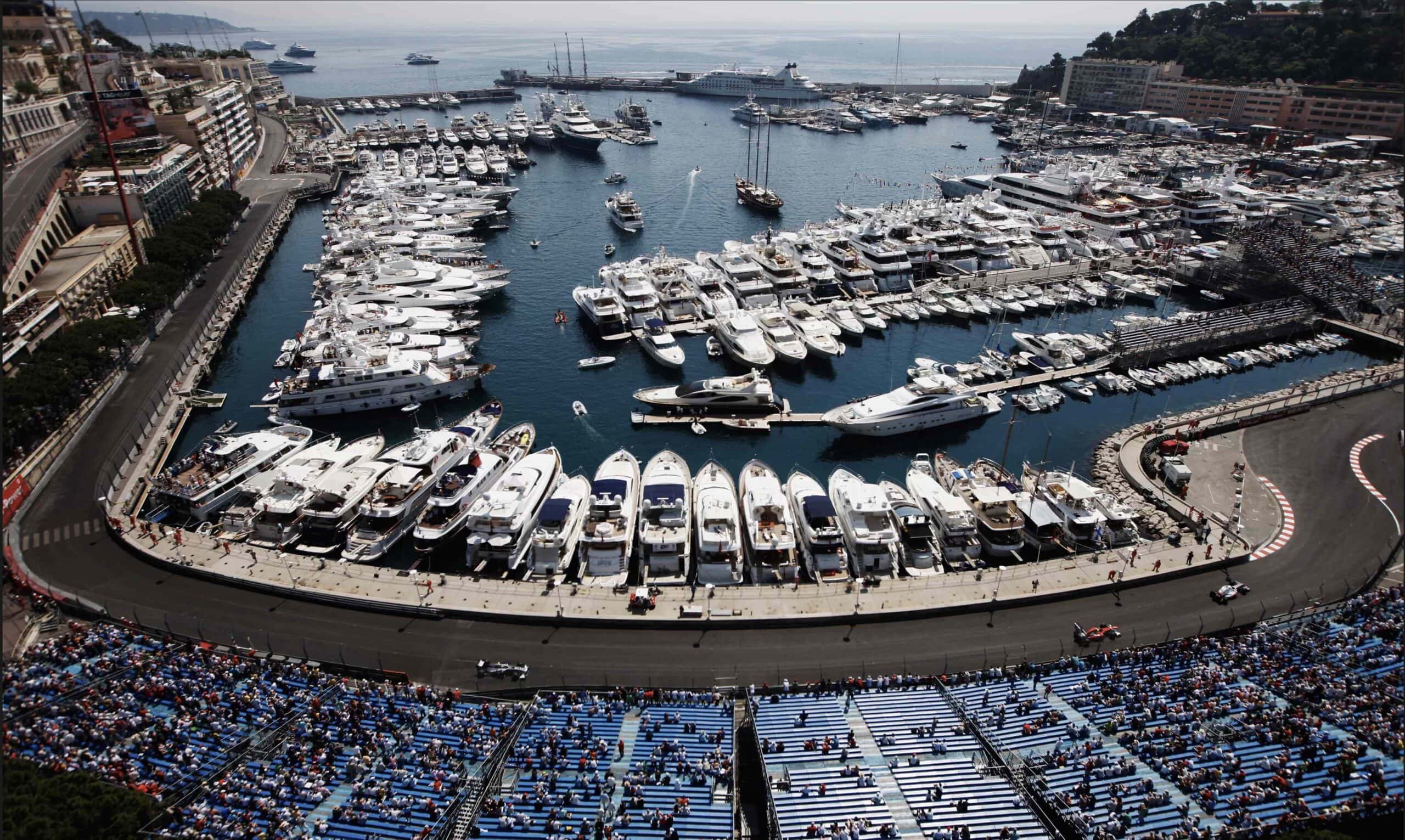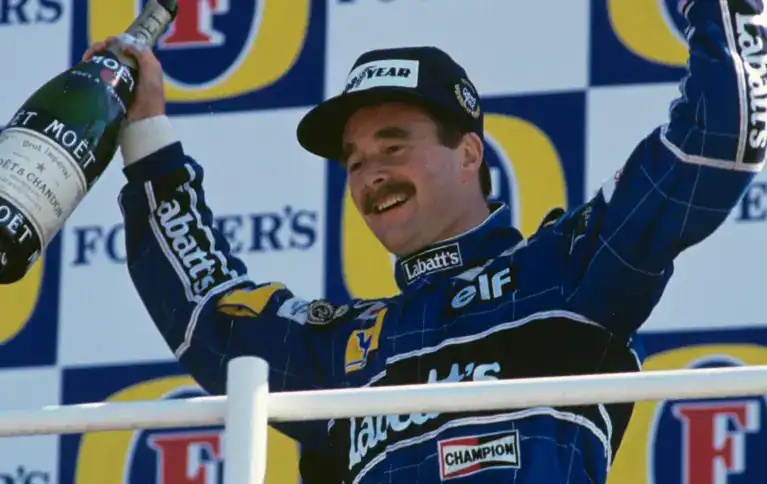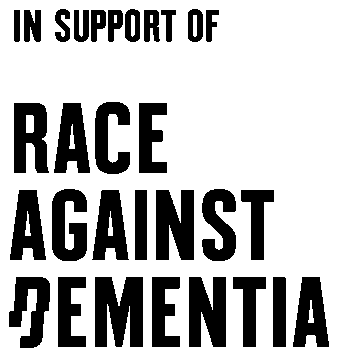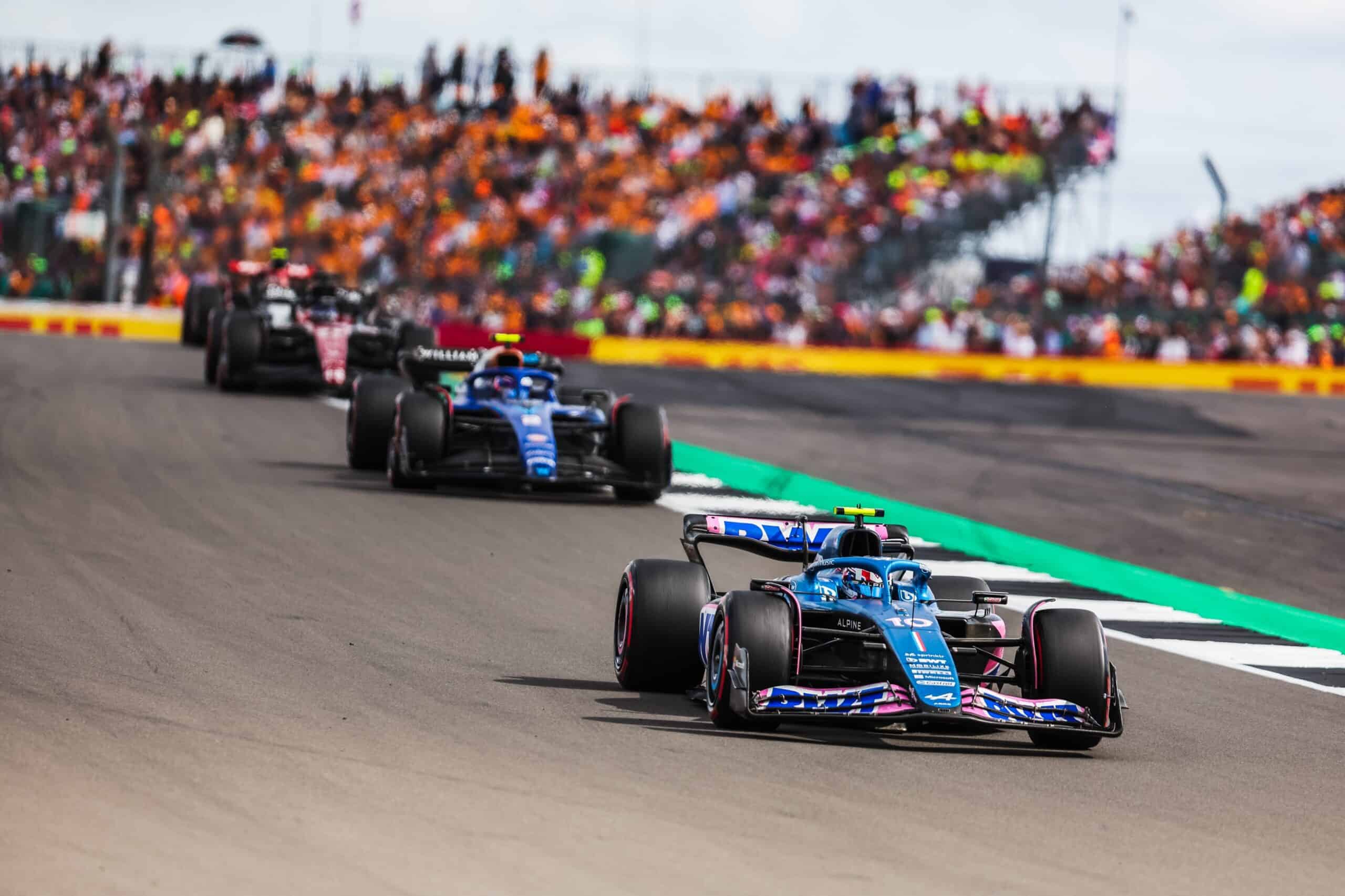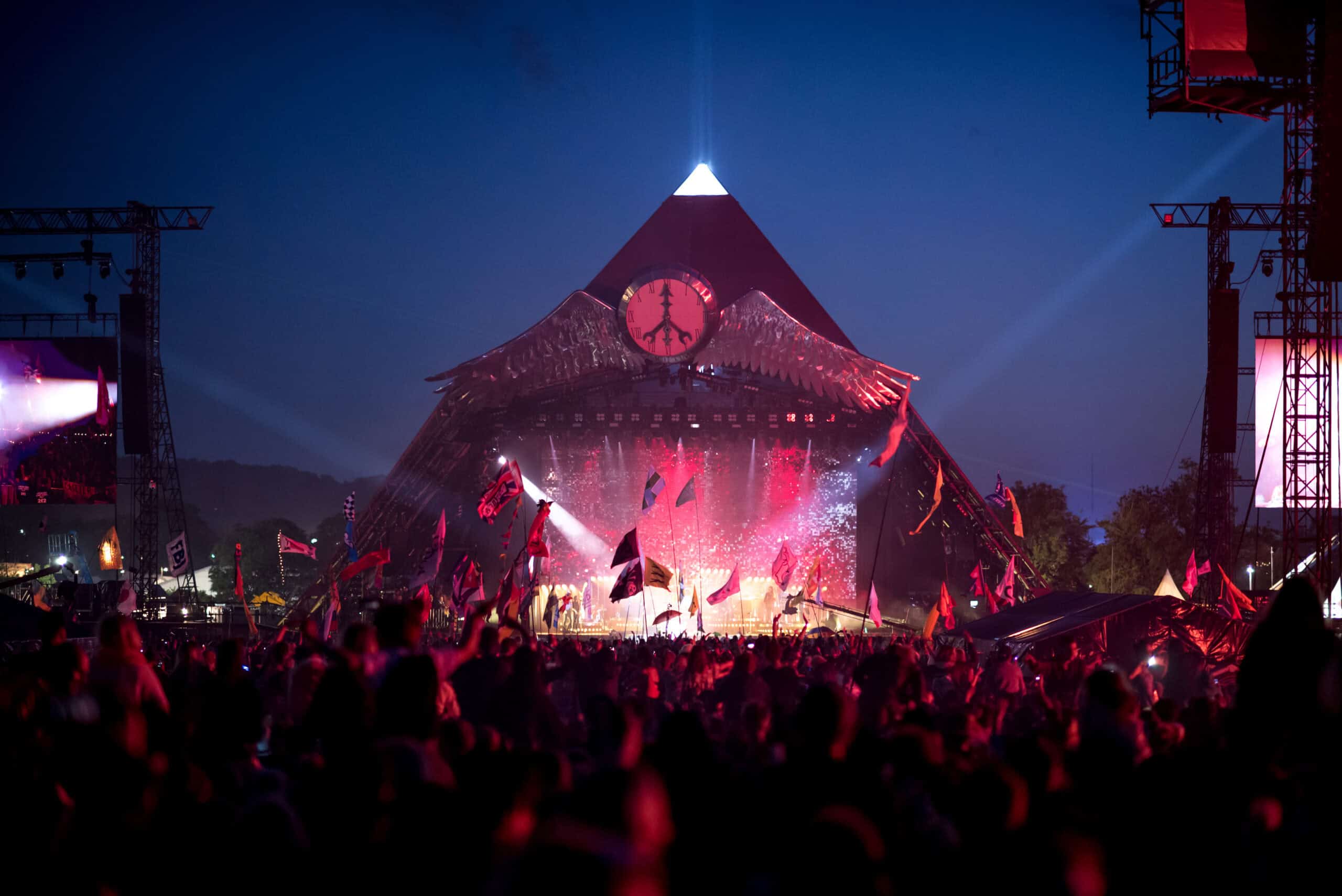The Monaco Grand Prix is unlike any other event in the world of motorsport. It is where history, glamour and adrenaline meet on the narrow streets of one of Europe’s most famous principalities. Since 1929, the Circuit de Monaco has been the ultimate test of precision, courage and concentration, and even today it remains the race every Formula 1 driver dreams of winning. For The Pop-Up Hotel, preparing to bring its signature style of trackside luxury to the 2026 Monaco Grand Prix, there could be no finer setting than this extraordinary circuit on the Côte d’Azur.
Racing through the heart of Monaco
The Circuit de Monaco is a 3.337 km (2.074 mile) street track that weaves through the glamorous districts of Monte Carlo and La Condamine, looping around the harbour before climbing and descending the steep hills of the city. Unlike purpose-built circuits, this track exists as part of Monaco’s road network for most of the year. Every May, the streets are transformed into a racing spectacle that feels almost impossible: high-speed Formula 1 cars hurtling past luxury yachts, historic buildings and crowds just metres from the action.
Although it is officially named the Circuit de Monaco, many fans and commentators simply refer to it as Monte Carlo. The setting itself is as famous as the race, with the azure Mediterranean as a backdrop and the sound of engines echoing off the cliffside architecture. It is a circuit that tests the limits of both machine and driver, demanding millimetre-perfect precision through its famously narrow corners.
A track shaped by history
The origins of the Monaco Grand Prix go back nearly a century. The first race was held in 1929, thanks to the vision of Antony Noghès, a local businessman and member of the Automobile Club de Monaco. Noghès recognised that the winding streets of Monaco could form a natural racecourse, and his idea gave birth to one of the most prestigious sporting events in the world.
When Formula 1 introduced its official World Championship in 1950, Monaco was immediately included in the calendar, and from 1955 onwards, it has featured every single year. Few other venues in motorsport can boast such an unbroken tradition. Over the decades, the circuit has witnessed triumph and heartbreak, from Ayrton Senna’s six victories to Graham Hill’s five, earning him the nickname “Mr Monaco”.
What makes Monaco particularly special is its consistency. While most circuits evolve dramatically over time, the streets of Monaco have remained largely unchanged since the 1950s. Any alterations have followed the city’s own urban development rather than deliberate redesign. This means modern drivers tackle many of the same corners faced by the sport’s earliest champions. The circuit serves as a living time capsule of Formula 1 history, linking generations through shared experience and unchanging challenges.
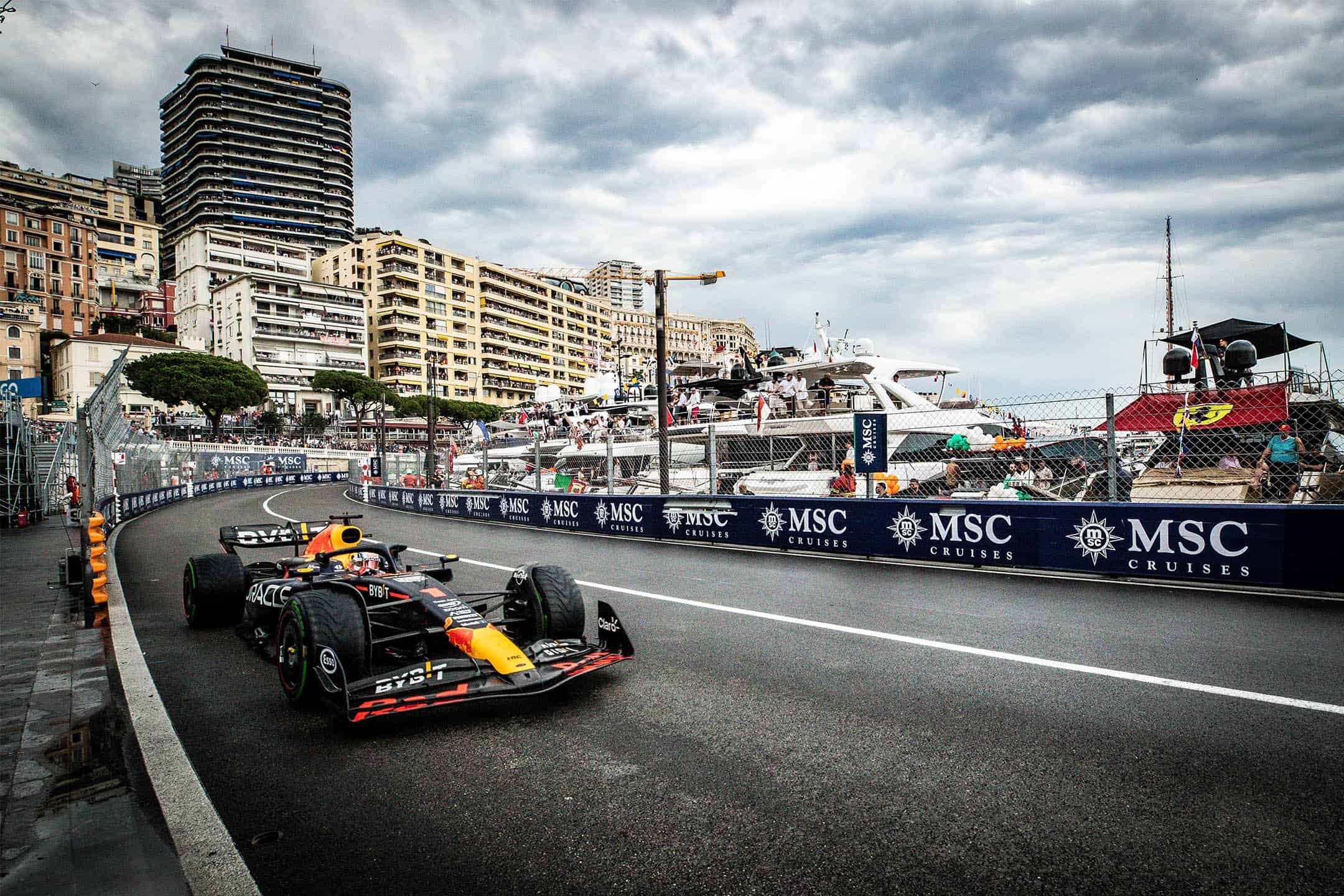
A true driver’s challenge
Ask any Formula 1 driver, and they will tell you that winning in Monaco is a career highlight. It may not be the fastest or the most overtaking-friendly race on the calendar, but it is certainly one of the hardest to master. The tight barriers leave no room for mistakes, and the constant elevation changes demand extraordinary skill and concentration.
The circuit is full of famous landmarks. The Fairmont Hairpin, for instance, is the slowest corner in Formula 1, taken at around 48 km/h (30 mph). Watching cars make this near-impossible turn is one of the great spectacles of the sport. Just a few seconds later, drivers rocket through the tunnel at speeds of over 260 km/h (160 mph), their eyes adjusting from dim artificial light to dazzling sunshine as they emerge onto the harbourfront.
Every lap is a study in precision. There is barely a straight section where a driver can relax, and the proximity of the barriers punishes even the smallest lapse in concentration. That combination of intensity and glamour is what defines Monaco and makes it such a coveted victory. As three-time world champion Nelson Piquet once said, “A win in Monaco is worth two anywhere else.”
The making of a modern marvel
Turning the streets of Monaco into a Formula 1 venue each year is a remarkable logistical achievement. It takes six weeks to construct the circuit, with crews installing barriers, grandstands, paddock facilities and safety features, all while ensuring that the city can continue to function. After the chequered flag falls, it takes a further three weeks to return Monaco to its usual calm elegance.
This annual transformation reflects the unique character of the race. Unlike circuits built for motorsport, Monaco exists first and foremost as a city. Its narrow streets, steep gradients and tight corners were never designed for 21st-century racing cars, which makes the event even more impressive. Every driver who lines up on the grid knows they are part of something historic, something that connects the earliest days of the sport with its modern era.
A symbol of prestige and glamour
The Monaco Grand Prix is more than just a race. It is a celebration of style, luxury and excellence. From the superyachts moored in the harbour to the terraces overlooking Casino Square, the entire weekend exudes an atmosphere that few sporting events can match. The race is part of motorsport’s “Triple Crown”, alongside the Indianapolis 500 and the 24 Hours of Le Mans, representing the pinnacle of global racing achievement.
Celebrities, royalty, and racing legends descend on the principality each May, drawn by the spectacle as much as the sport. Yet, beneath the champagne and the parties lies an event of extraordinary sporting significance. The Monaco Grand Prix rewards bravery, precision and consistency above all else, and only the very best drivers ever master its complexities.
The current lap record for the Formula 1 layout stands at 1:09.954, set by Lando Norris during the 2025 Monaco Grand Prix while driving for McLaren. It is a reminder of how far technology and performance have come since the race’s beginnings nearly a century ago, yet the challenge remains timeless.
The Pop-Up Hotel arrives in Monaco
Following its success at Silverstone in 2025, The Pop-Up Hotel is preparing to bring its distinctive approach to luxury accommodation to the streets of Monaco for the first time at the 2026 Grand Prix. Guests will experience the same refined comfort, immersive atmosphere and unrivalled proximity to the action that define The Pop-Up Hotel’s reputation, now set against the breathtaking backdrop of the Mediterranean.
For motorsport enthusiasts, there is no better way to experience Monaco than to be part of it, to wake up to the sound of engines echoing off the hillside, to sit on a private yacht overlooking the track, and to feel the energy of the race all weekend long. The Pop-Up Hotel will offer a front-row seat to the spectacle, combining the thrill of Formula 1 with the elegance and exclusivity of Monaco itself.
A race like no other
The Circuit de Monaco remains the jewel in Formula 1’s crown, a place where tradition and glamour coexist with danger and precision. Every corner tells a story, every race adds a new chapter to the legend. As the world’s best drivers prepare once again to take on the challenge, The Pop-Up Hotel looks forward to welcoming guests to experience the Grand Prix in unparalleled style.
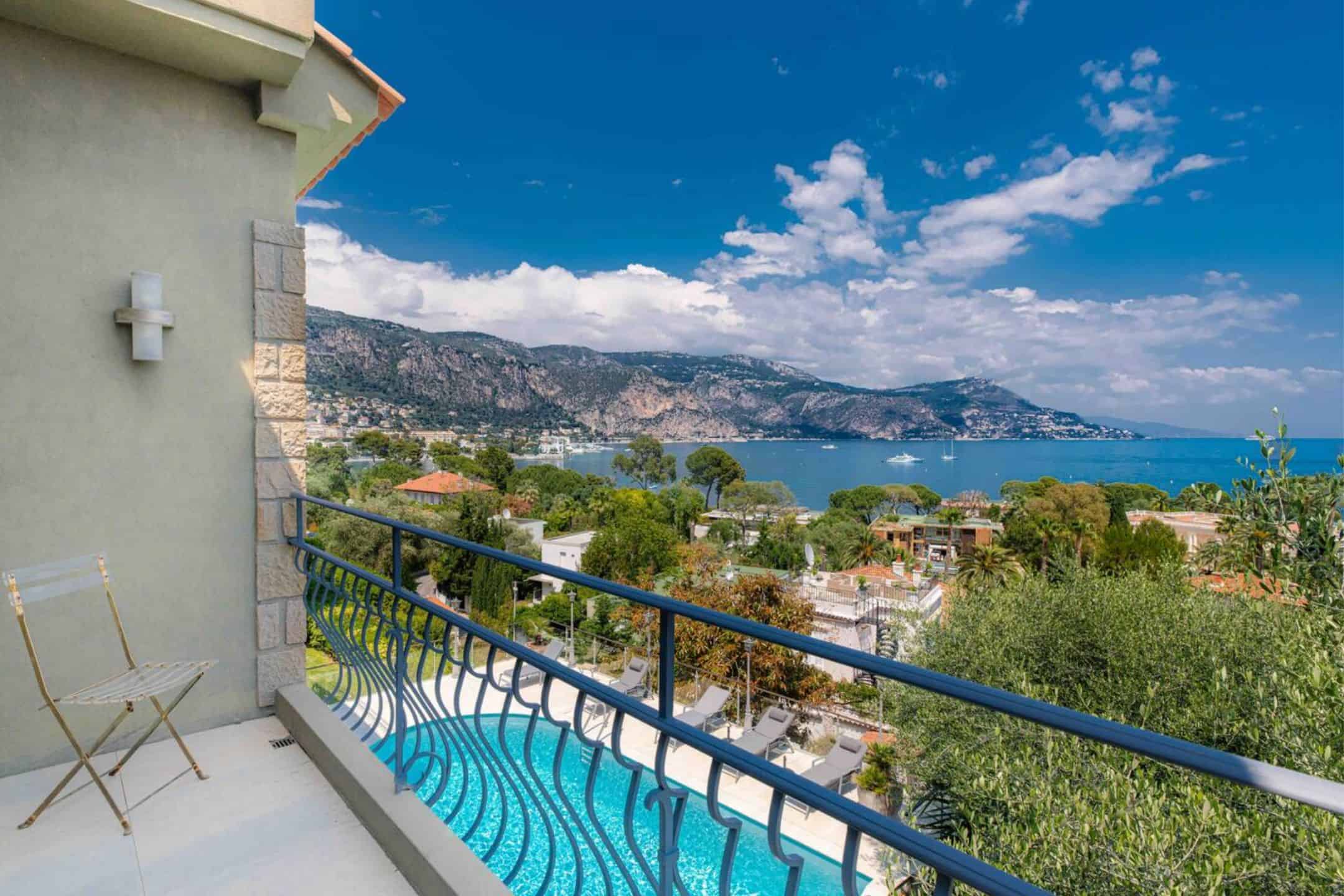
Booking Your Monaco Grand Prix Weekend
In 2026, we are offering a variety of room types to suit everyone’s needs. From private one or two-bed apartments to en suite sea view rooms, in our shared luxury villa with stunning views, pool, and gardens, situated adjacent to the Rothschild estate.
All our rooms include premium linens, hair & body products and of course, an unbeatable location, with luxury tenders to whisk you into the heart of the action.
Whether you’re a lifelong F1 fan or new to the sport, this is the most exclusive and exhilarating way to experience Monaco.
With limited availability, you don’t miss your place at the heart of F1’s most glamorous weekend.
→ Ready to lock it in? Reserve Your 2026 Monaco Grand Prix Trackside Stay
